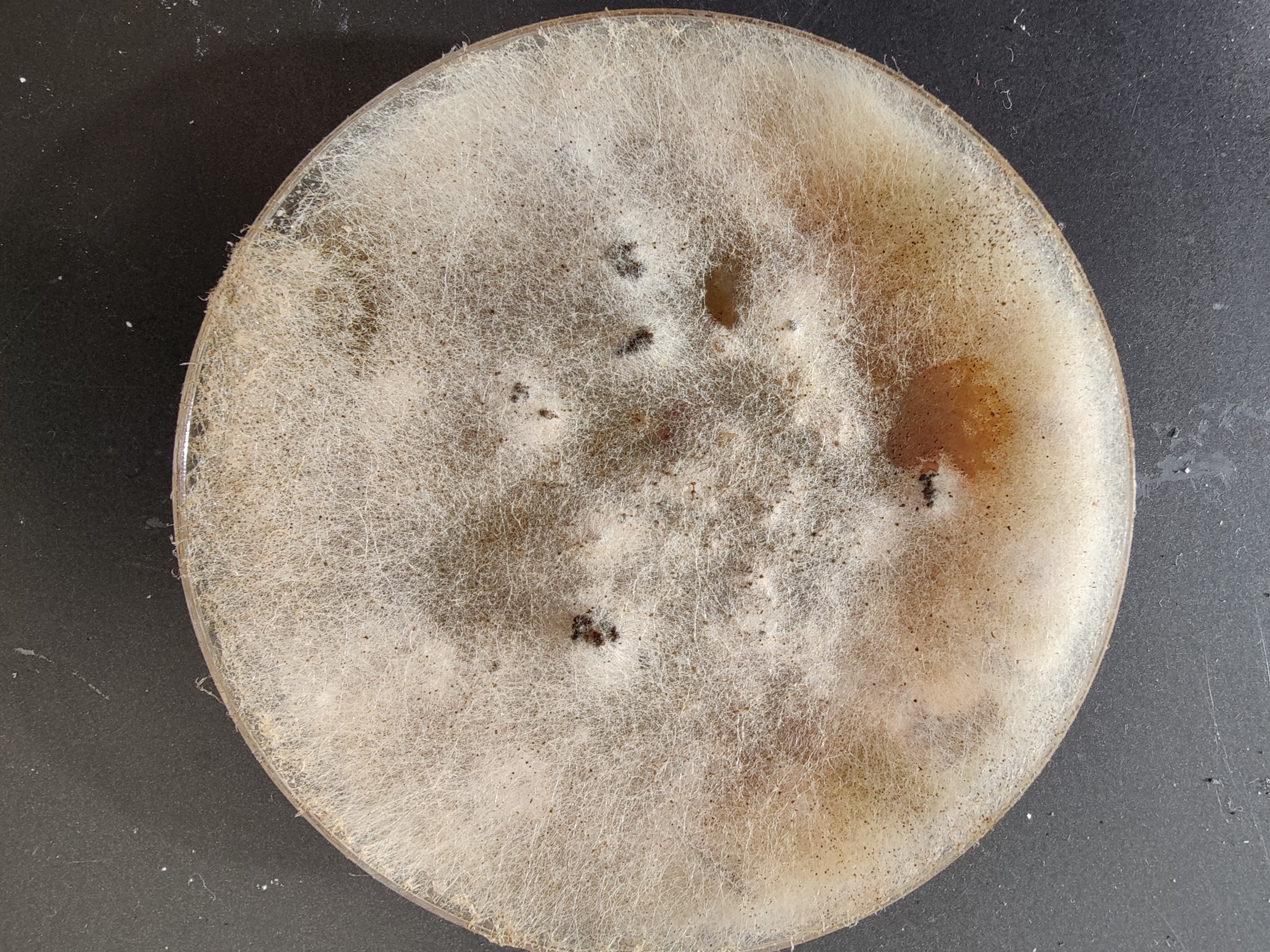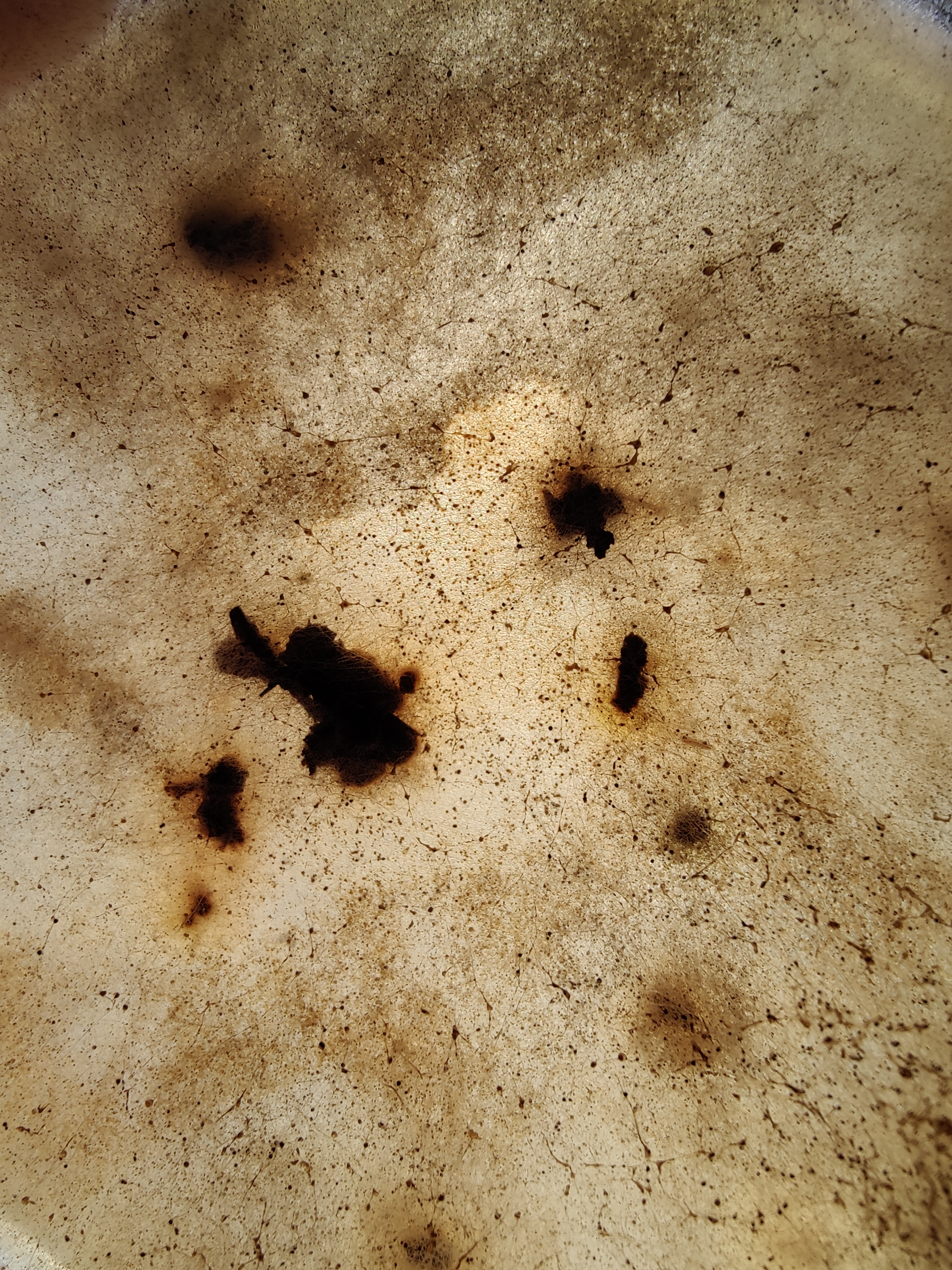speculative knowing: from the position of soil microbiome
experiential knowing: embodied relations
naming: relational naming
score for analysis
garden404: witnessing
the petri dish
diary of growth
appearance, smell, memories, thoughts
locations, spaces, surfaces, beings, relations, scales
gathering situated knowledge
naming landscapes, making maps
score for observation
history of the petri dish
photos, notes, videos, sketches, sound recordings
field notes protocols
stories
speculative, sensorial, scientific, theoretical
seeing with stories
Place-thought: this describes an Indigenous understanding of the world based on the belief that the land is as alive as humans, and that both humans and non-humans derive their agency from the land. Euro-Western Thought : The division between "knowing" (epistemology) and "being" (ontology) is inherent in much of Euro-Western world views.
why do we make this observation?
we seek new valuables (categories) that are to be observed, or that give meaning to what has been observed
in other words - how do we narrate everything that we observe?
Recipes for observation
Basics: have a partner in crime; settle a website
the overall duration - 5 weeks:
1. email in 2 weeks what is happening
2. put the observations on the website
3. title of each observation: date & number (maybe name?)
4. we settle the dates, so we add the observations on the same date
5. we always take photos and describe other categories around it (and other mediums)
6. one observation a week; in total 3 observations each
7. each observation is made individually as one of us feels like
?duration (slow story / slow reading), scale, space, boarder(body)?
petri dish inoculation protocol:
1. wear a mask.
2. use sterilized, burned tweezers to put the soil in the Petri dish.
3. close it.
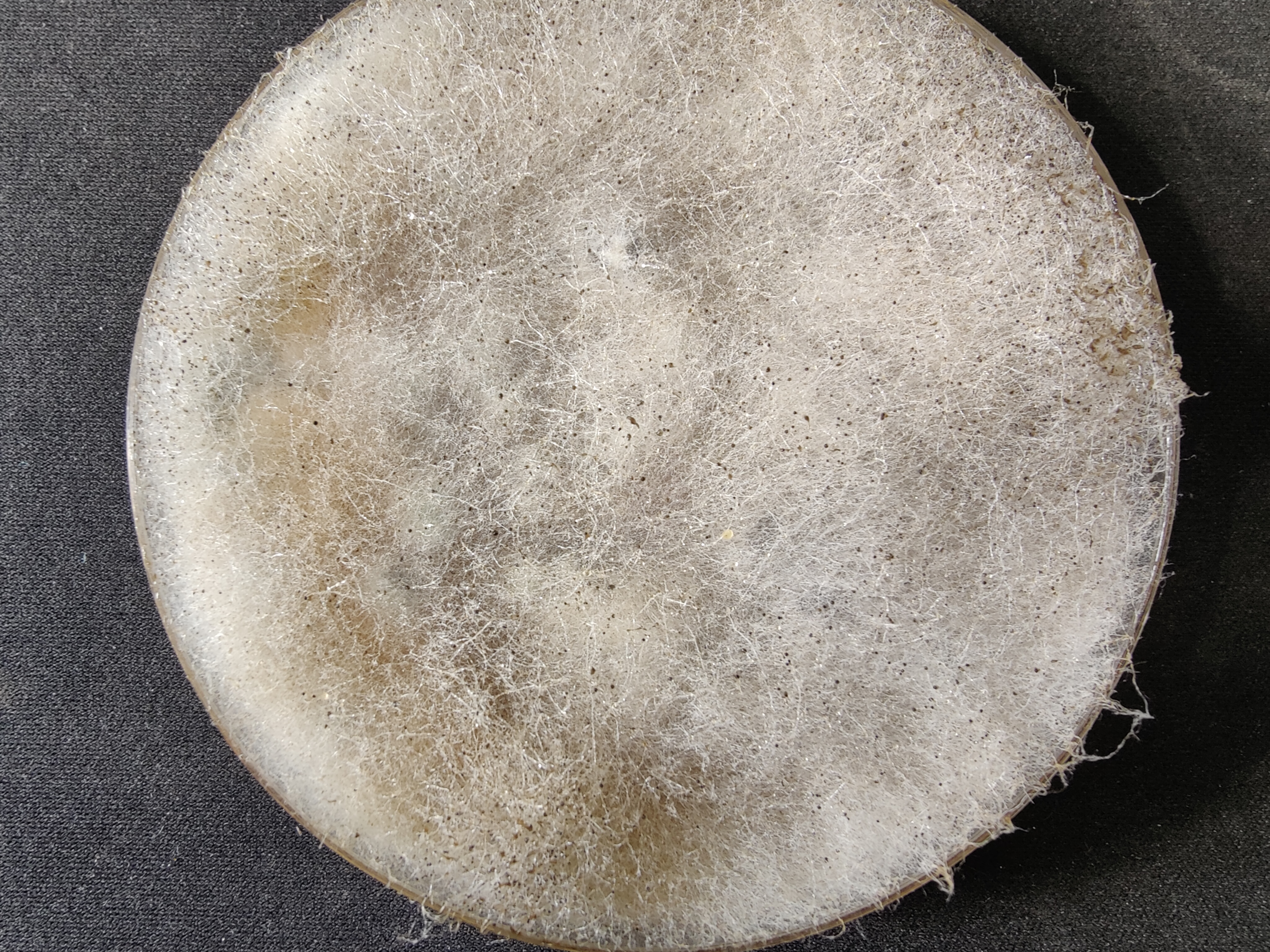
04-10-2021: CLOUD / FOREST
What is it this white web that packed the empty space of petri dish?
>>>The web is formed by the thin white hairs, on the end of each having black of transparent drops.
Is it as soft and fluffy as it looks?
Are those drops are liquid or crystals?
Are those hairs and drops/crystals the same creatures? or I am looking at a symbiosis of several ones?
how many creatures I am looking at?
Which one produces this strong smell?
What will happen if I touch this 'cloud'? It is going to collapse? Or it will restore itself after some days?
Why am I afraid to touch the 'cloud'?
Which parts of this 'forest' will live on the light? Which will mutate in smth new/ will not survive on the light?
How long the hairs can grow?
Can I make sense of what I see without any inside information?
What information defines the significance of this 'cloud'? Is it scientific information? or the visual experience of what grew in the petri dish?
Can I learn and relate to the earth in my garden differently if I see this 'forest'?
Did I know that I will see this or similar growth from 5 tiny pieces of the land?
What will happen if I keep the knowledge about what I see on this 'non-scientific' level? What does it mean for my learning?
Can I observe and describe by only asking questions?
Intentions for the next week:
>>touch the white cloud;
>>keep the petri dish open for a longer period of time
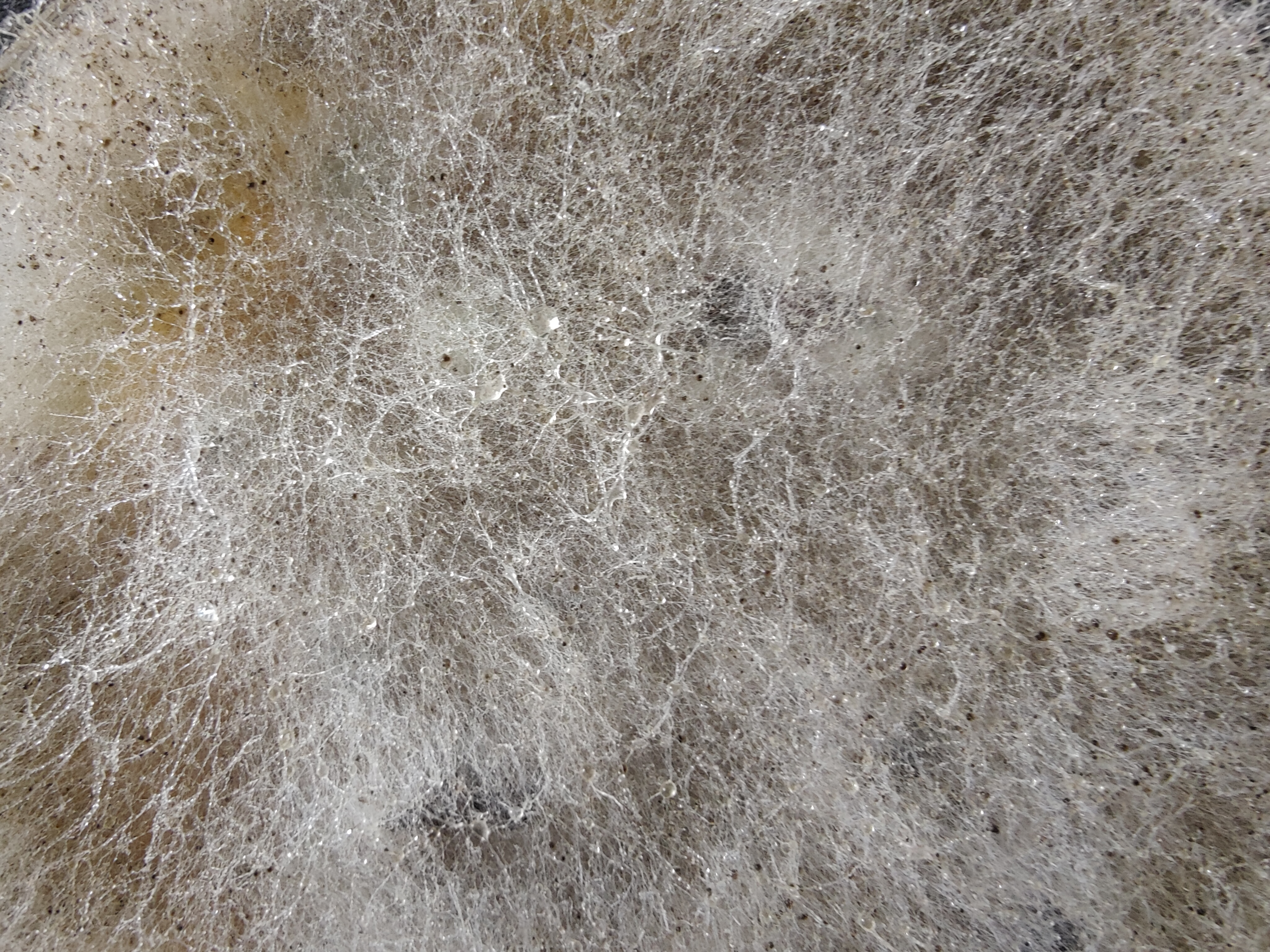
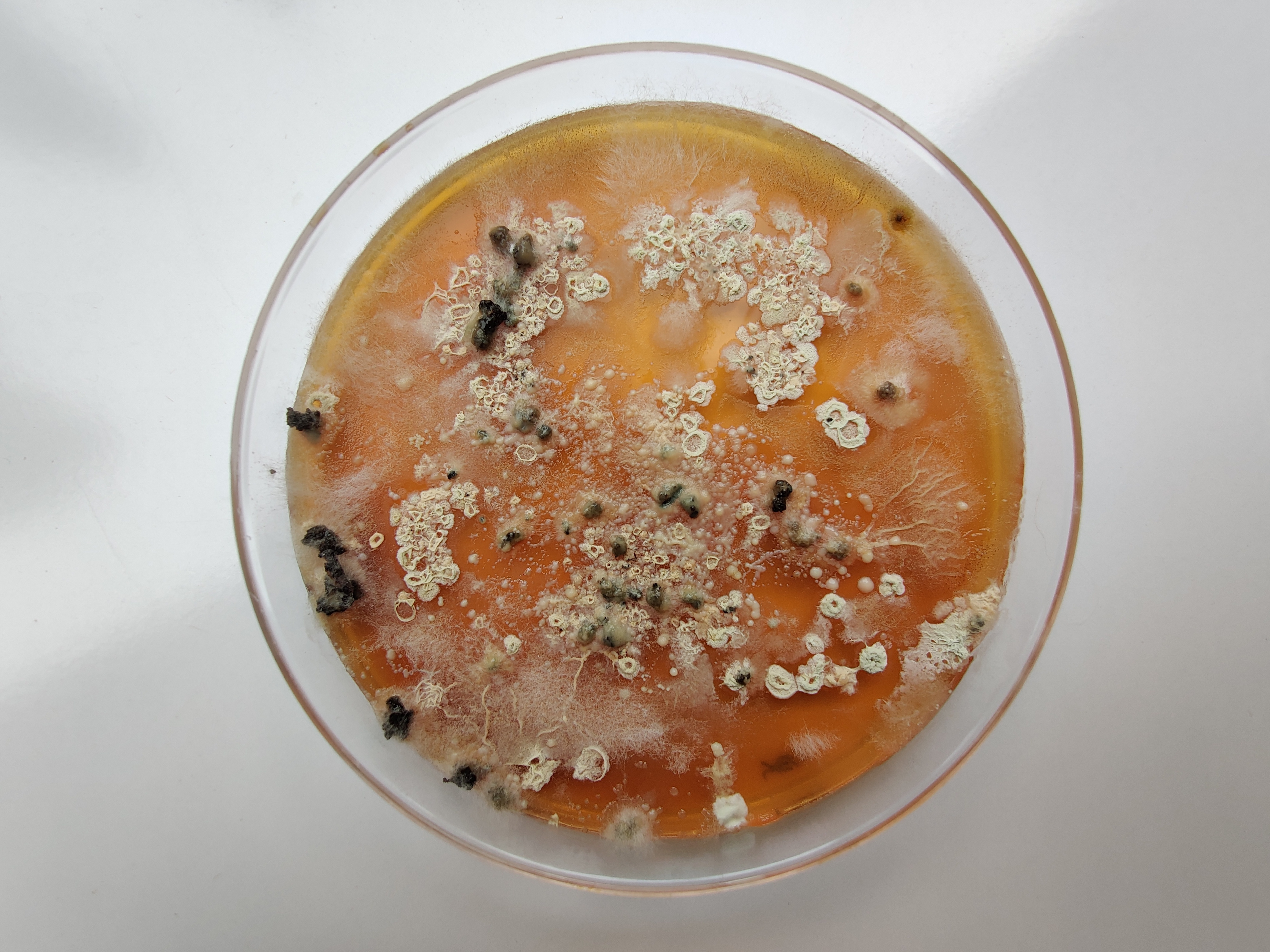
04/10/2021: ENTERING THE LANDSCAPE, FINDING A MAP
Traces of my actions enabling a small landscape to emerge. Pieces of soil I have left to grow, spread and evolve into a community of fluffy, puffy networks, muddy piles of sludge and vulcano-like microbial forms. Reeking nauseously. I wonder how the intra-action between the soil and nutrients contributed to the volatile molecules that are now entering my nose and triggering discomfort. I feel myself landscaping the discomfort. Traveling with my nose from one microbial attraction in the petri dish to the next, navigating the moldiness, Slowly realizing that my nose cannot discern the more stenchy organisms from less stenchy ones. It simply is not a good enough sensor for such a small surface, I am just too big and the world under my nose is too small. With my nose I con not travel through this landscape, however eyes see differences in shapes and colors. With eyes, the mind knows that I am looking at traces of growth, traces of time materialized into beings. Beings that are connecting and some that are not. I do wonder if the empty space, the uninhabited agar surfaces are really empty or just full of enzymes discharged as a warning sign to not come close.
I can not stop myself from translating between scales, to understand I try to find equivalents of what I am observing in the human or planetary or some other scale that I do not even know how to name. In a lack of words I see black, brown and white mountains and almost rivers in white bushes on the planet named the Petri dish. I imagine traveling barefooted on the soft, sticky, suffocating ground of agar-agar, visually resembling the Grand Canyon, but due to its softness extremely difficult to walk. Imagination is feeling the unknowns, worlding a very personal Petri dish, a very personal map. My vision has decided on an aerial view. Is it because of the roundness of the Petri dish that reminds me of planets or because I do sense smohow the abundance of life and interactions in a same way as when I am watching the world form an airplane.
04/10/2021: ENTERING THE LANDSCAPE FINDING A MAP
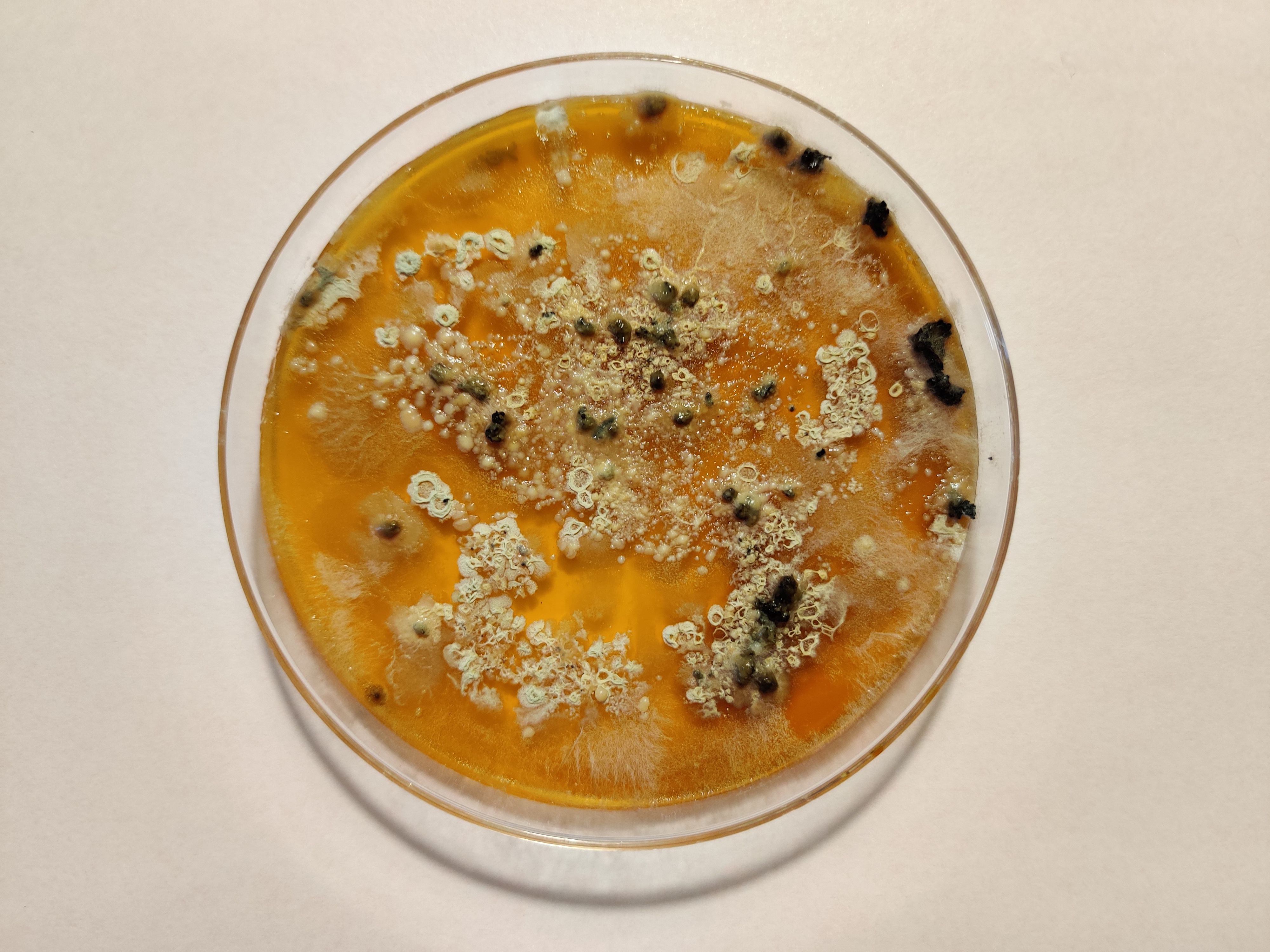
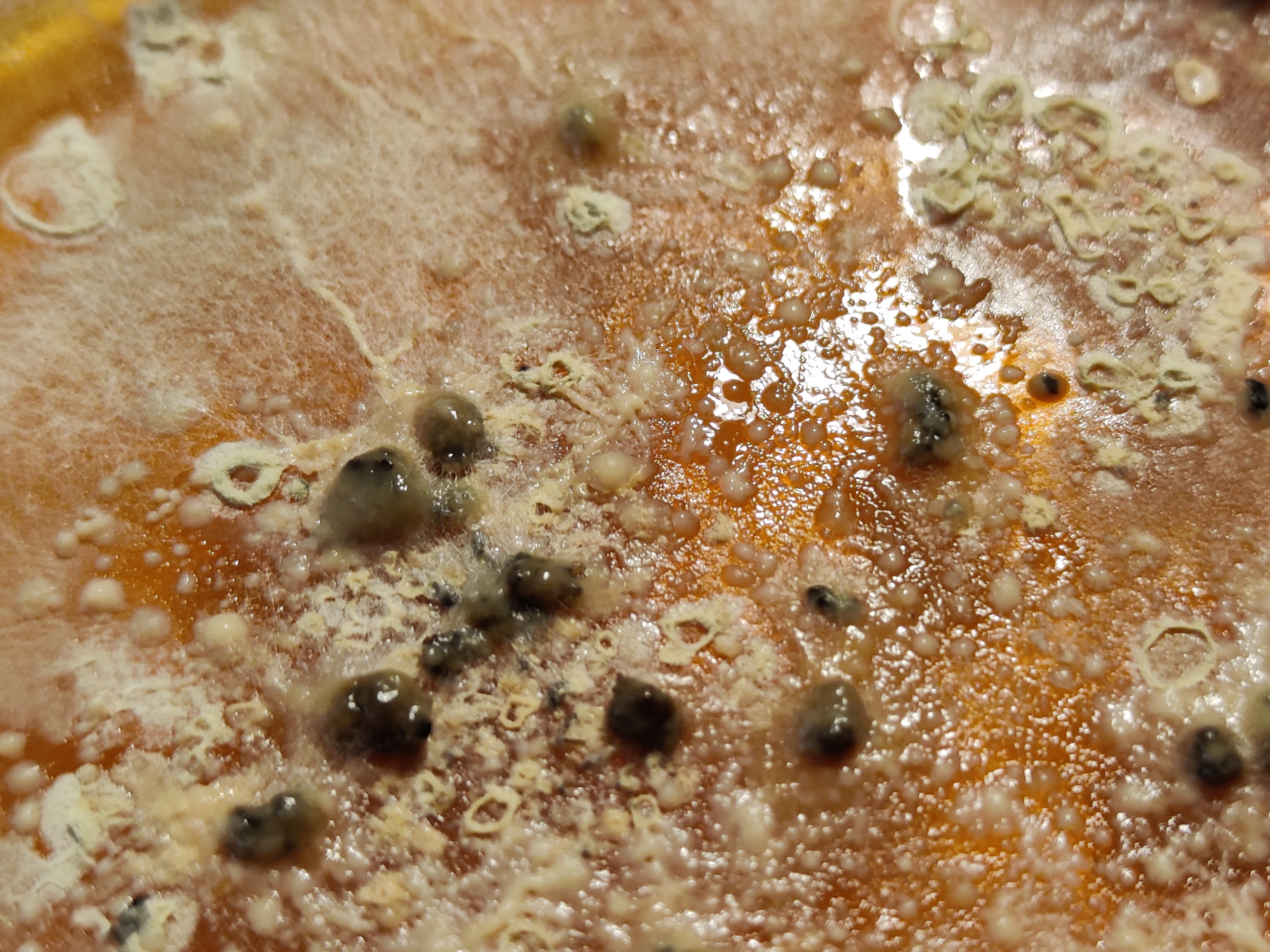
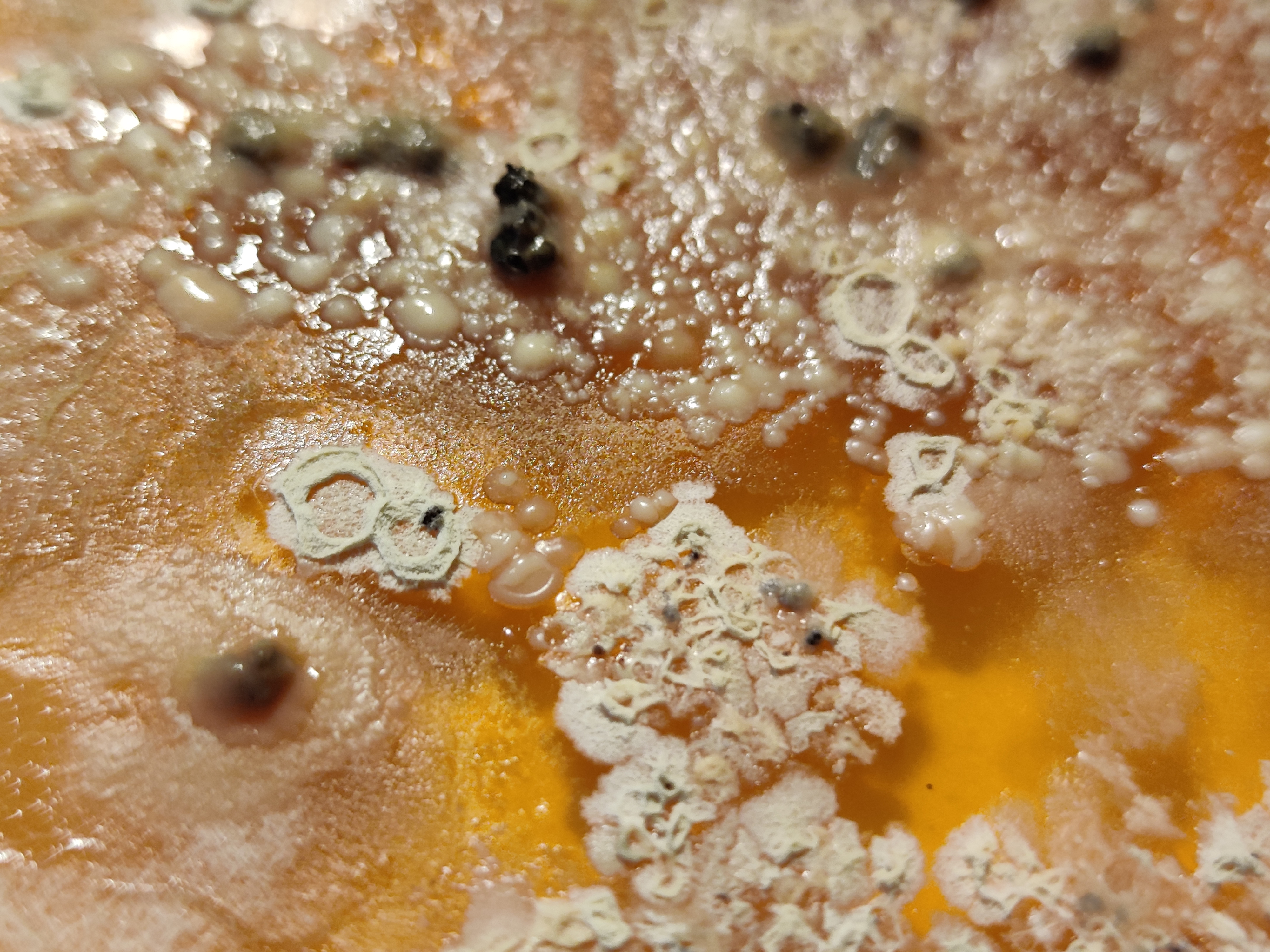
11/10/2021: TRAVERSING TIMESPACES: SOMETIMES SOMEWHERE
It seems I am observing a world, world of micro communities with different morphologies, but from a far, almost unthinkably far. Maybe in human time scale I would be looking on to Earth from another galaxy. Timespace of these tiny dwellers is very different from my human perception. As I write the words tiny dwellers my emotional connection to the Petri dish gets filled with care. A connection to my first years on these planet emerged. As a child I used to collect films and tv series that featured tiny human like figures like dwarfs or just scaled down humans. With the words tiny dwellers the inhabitants of the petri dishes connected to my emotional memory and elevated my feelings to nurture and protect. I am becoming a Petri dish carer. I know I can barely see the dwellers but strangely I do relate.
From my timescale they have hardly changed, evolved in a week. But then a thought. Who am I to comment really? I am extremely far and do not even see well in the timespace of the tiny dwellers. There communication and any kind of meaning-making tools are certainly not visual and audible but uttered through chemical reactions in form of enzymes and metabolites. However maybe I do smell some of them?! I do, but unfortunately there is no transformation in time perceivable to my nose. Tiny communities of the Petri dish seem to emit the same odor as last week. Still I am very far and to be honest my nose doesn’t really remember well in time. Since a week has passed I can only really guess if they do smell the same. The fleeting nature of smell takes my ability of distinguishing away since I can only define a smell by comparison and difference in particular one timespace.
Even if the dwellers have changed I can’t perceive their change. However due to observation of growth and evolution patterns of various Petri dishes before in my previous experimentations, I do believe they have gone through transformation performing their life-maintaining processes just not in my timespace, but sometimes somewhere in their own timespace.
18/10/2021: DARK CHOCOLATE BIOFILMS
The soil particles have morphed into brown and black slimy moulds, biofilms on its surfaces have become thicker. The bacteria is proliferating moderately and the smell has become even heavier and incredibly thicker. Reminding me of old, wrinkled, earthy smelling cheeses I encountered at French markets some years ago.
While observing the petri dish I realised that trying to observe without my scientific knowledge of bacterial and fungal morphology is a bit difficult or also doesn't sometimes make sense to me. Just a simple fact of knowing what bacterial colonies look like and what fungal networks look like seems useful although facts acquired through scientific inquiry.
I would dare to say that if I imagine myself indigenous to the Petri dish I would still know these facts, I would know flora, fauna, funga and bacteria that surrounds me. I would most probably name them differently by their smell, look or particular usefulness, maybe even designate them with status of sacredness or entangle them in my ritualistic everyday practice.
Difference would be that I would form a relation to these beings, somehow with naming, using or ritual practice. I would be with the inhabitants and landscapes of the Petri dish. But that wouldn't stop my curiosity and passion for interpretation and understanding of my cohabitants. I would observe as much as scientists do, I would just be more in the world, in the entanglement and direct contact. A bit more vulnerable, but a lot more grounded.
Another thought maybe it's not about developing only indigenous relation to the Petri dish, but also combining it with scientific. Injecting relationallity into scientific eye and hand, into scientific observation and practice.
I wonder why the bacterial biofilms with its shiny surface of goo reminds me so much of melted dark chocolate. Oh, if only it would smell like that ...
11/10/2021: YOUR CHANGES YOUR TIME YOUR SPACE
18/10/2021: DARK CHOCOLATE BIOFILMS
11-10-2021: REMEMBERING THROUGH A LANDSCAPE
The pieces of soil from Slovenia, this ‘guest soil’ in my garden, I mixed with my garden’s soil and have left to grow in one petri dish; mixed with the water from my garden and left in the second one.
While last week these two emerged landscapes looked similar, this week the mix between water and soil manifest with multiple forms and colours. Those allowed me to forget the questions I had during the first observation and brought me back to some memories. With its image and the smell.
It was this swamp or similar area near a river we used to have summer break as children. The time when we had not many toys, games, food and medications. All are improvised and all are from the surrounding. Yes, all of those matters, were equally important and sometimes simultaneously used during that summer childhood.
We were native to this land. Each rock was a companion, a teacher or a destination we desired to reach. Each grass could be a bed, doll or a healing matter that covered our failed endeavours.
Every of these yellowish and reddish hills would have a name and a role in our games. They were active participators.
Every new horizon was desirable, inviting and scary at the same time. We knew the taste of many plants berries, water and rocks -- when you are on an expedition you try to think of resources that allow you to hide the longest, to reach the more challenging point in this swamp and find the rarest flower in the area.
Can I, and how can I imagine my playful ground, in which I am native and actively entangled with every creature in this Petri dish? Can I bring back to my teaching and learning practice this playful unti-disciplinary of inquiry?
>> the observation leads me to think of the readings on games and inter-relationality; animacy and language; embodied, material-based communication with the landscape
>> Indegeous thinkers - relating to the site from a position of being part of the world.
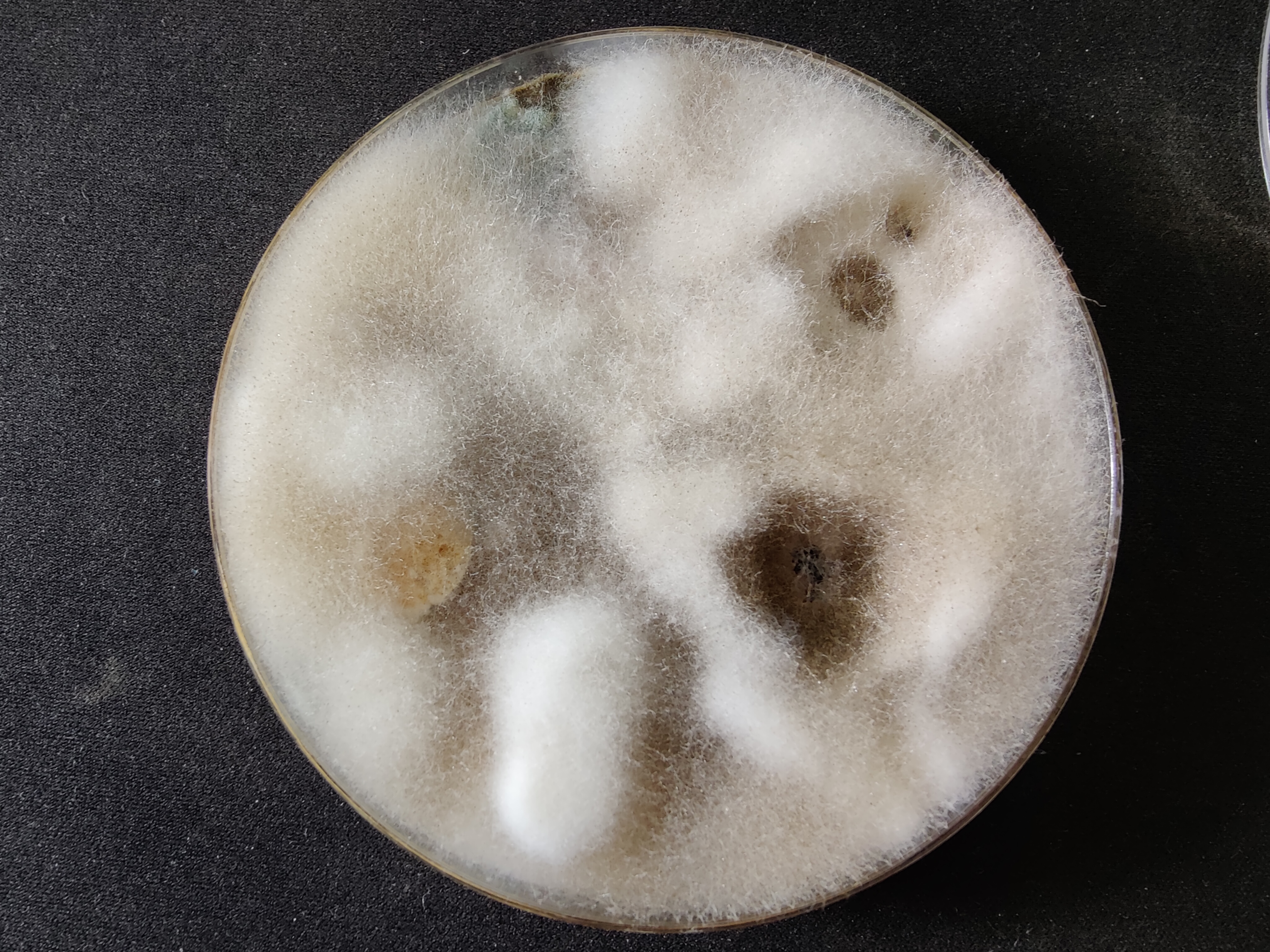
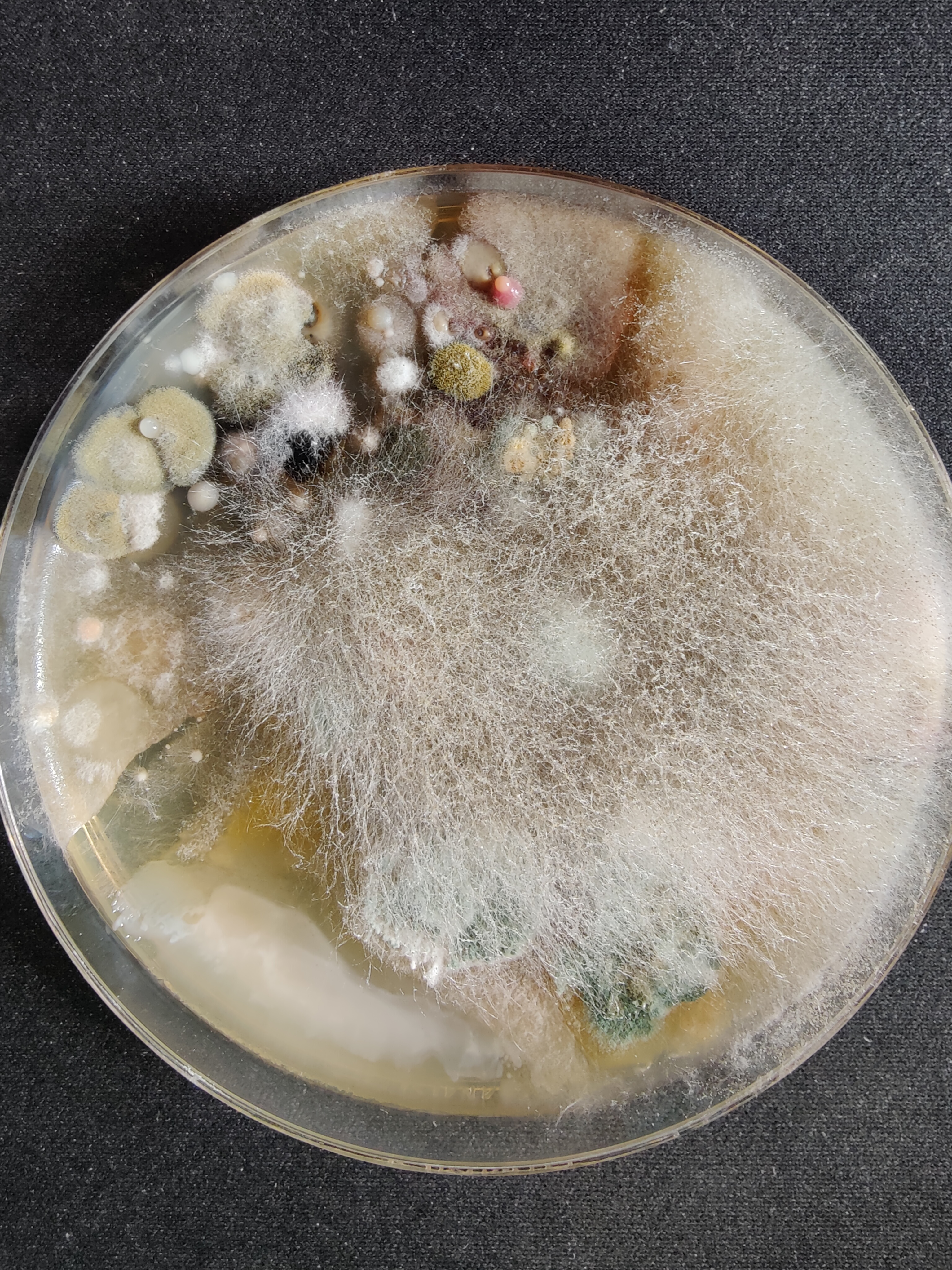
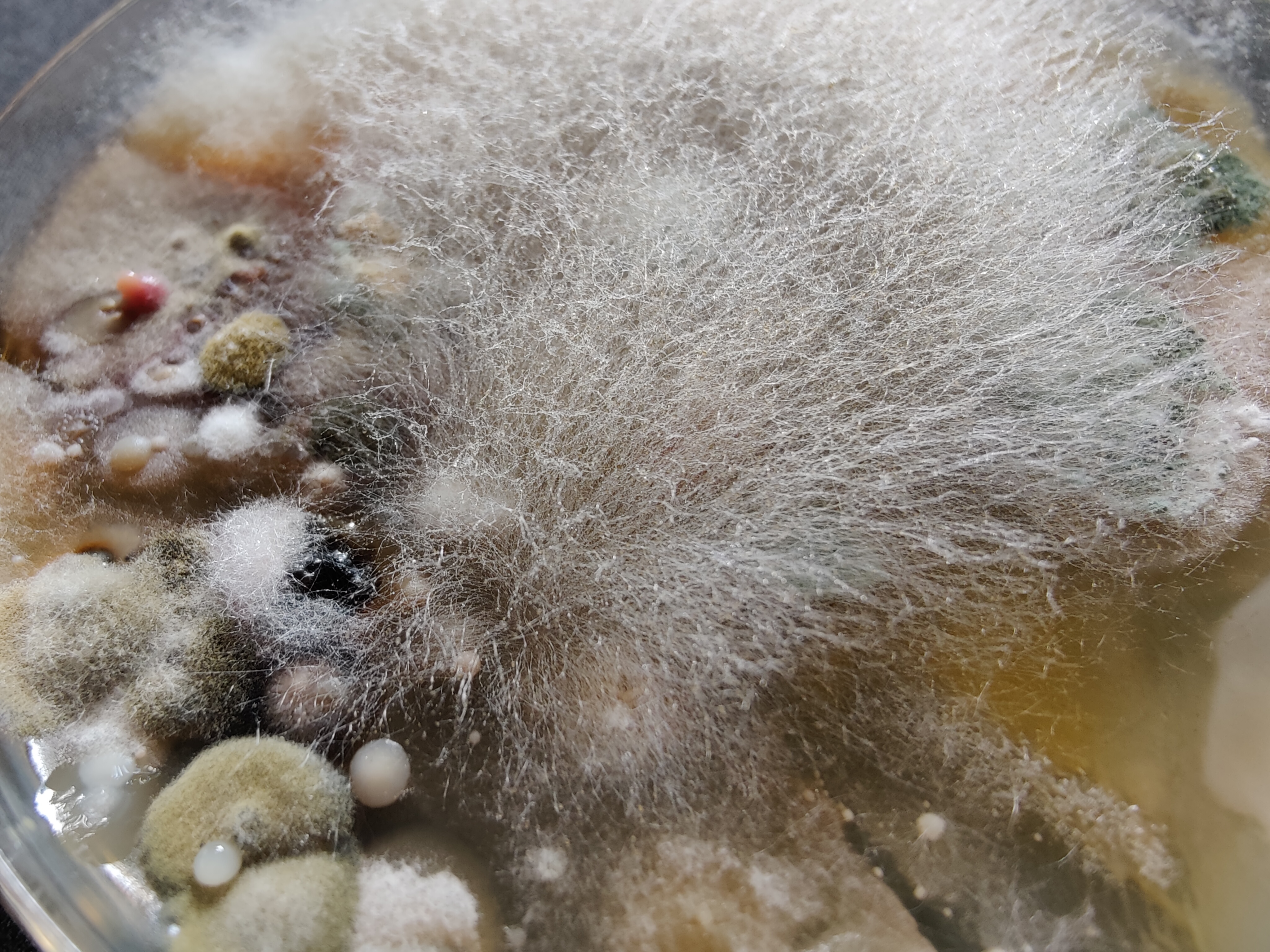
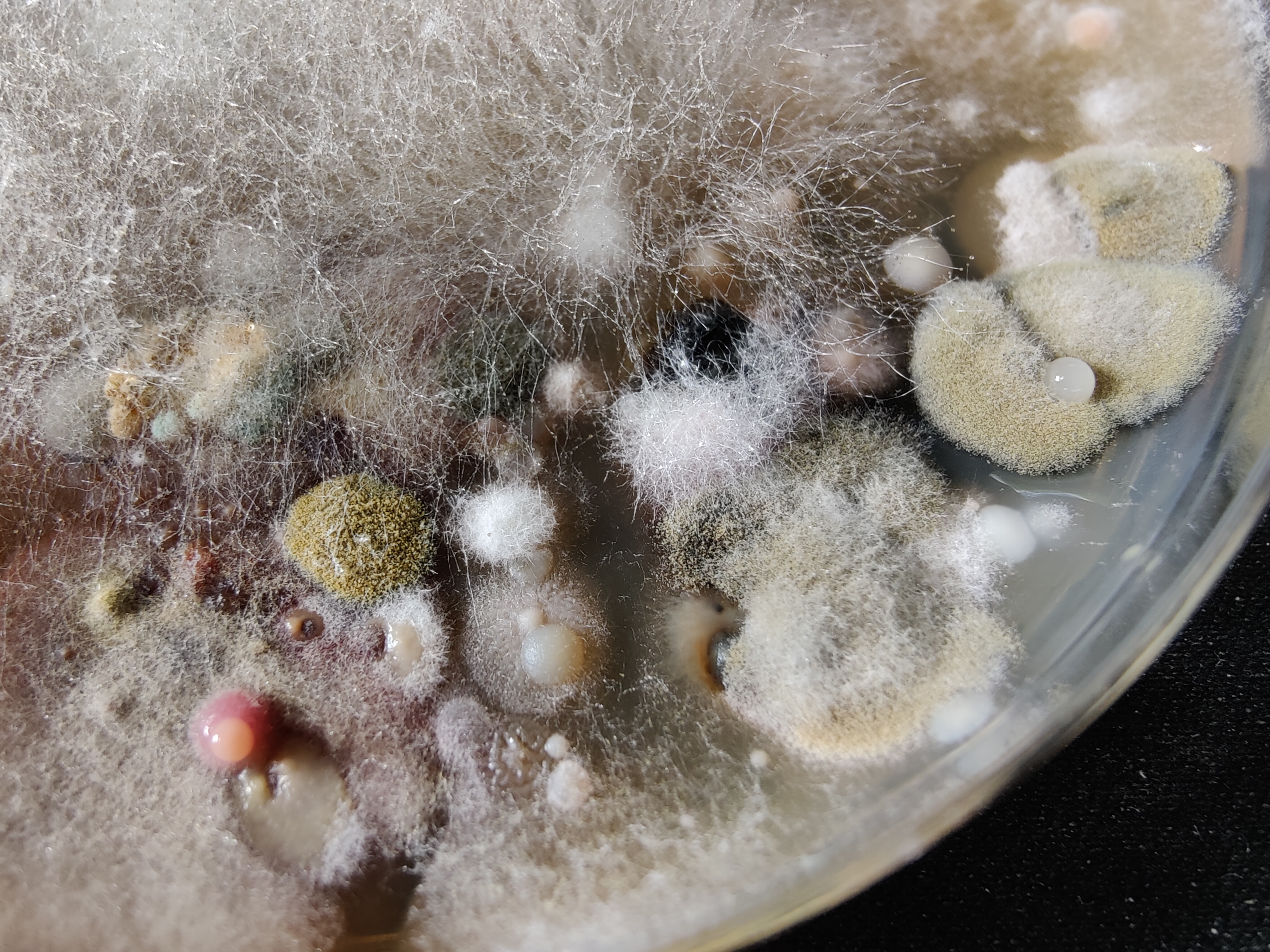
18-10-2021: THE INVISIBLE MESH (fragmented)
This time focusing on the 2 soils Petri dish.
>> Seeing the connections/relations through the light; hidden by the layer which preserves the relations/connections.
>> There is always a layer you cannot see; there is always a perspective that needs to change of the source of reflection.
>> There is something simplified and simultaneously more intense in the dish while time passes. Is it the decay? Is it maturity? Is it that I look at the several generations of emerged landscapes: the new that already emerging on the dead ones?
Or is it a memory that keeps overwriting itself and creating dust looking effect? It's like a window in an old house that lived through several falls, which left dust and leaves with rains on its surface. The traces of these falls tried to be vanished by the snow and rains of the springs, however, leaving some traces of organisms that tried to inhabit the glass. Is it their memory that we see? their decay? their soils?
>> The softness of the cloud I celebrated during the first observation is gone. Now I see several layers of nets and dust rooted in one substance of the petri dish.
Is this substance emerging in soil that was initially left on it?
Or the soil is decaying after a flourishing moment into a new type of soil?
>> It's getting cold in the garden. As well as inside the cottage of the garden, which is the studio of mine and the place for the Petri dishes to be for this period of time. The sun does not rise too high and shying into my window, so I can see through the Petri dish if I direct it against the sunlight. I like the graphics of what I see: it's not a landscape any longer, I guess, it's a map. The map of a mesh.
